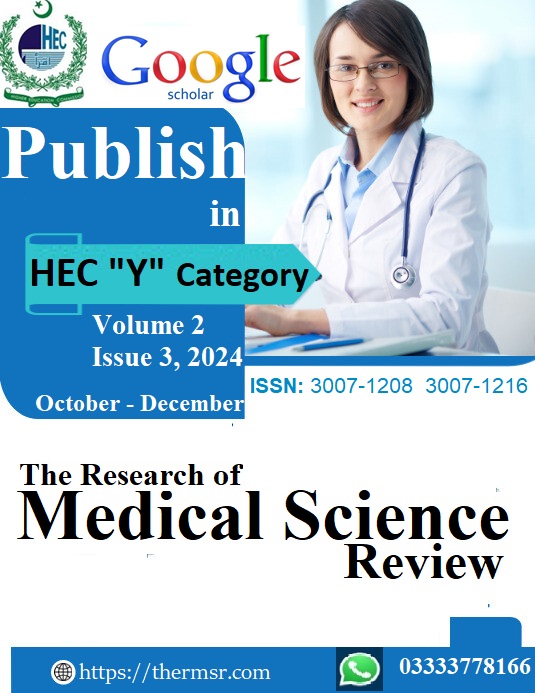PREVALENCE OF SURGICAL SITE INFECTION IN DIABETIC PATIENTS UNDERGOING IN LAPAROTOMY
Keywords:
Surgical site infections (SSIs), diabetic patients, laparotomy, glycemic control, wound care, HbA1c, postoperative complications, minimally invasive surgery, risk factors, infection preventionAbstract
Background: Surgical site infections (SSIs) stand as significant postoperative complications that affect diabetic patients particularly hard because of their impaired wound healing along with immune dysfunction. Very little information about SSI occurrence exists for patients who need laparotomy procedures.
Aim: To determine the prevalence of SSIs in diabetic patients undergoing laparotomy and assess associated risk factors.
Methodology: A prospective cohort study took place during four months at Arif Memorial Teaching Hospital in Lahore. The research study evaluated 120 diabetic patients who met the criteria of no additional health conditions. A SPSS 23 data analysis platform processed information from patient demoraphics as well as glycemic control measurements and surgical outcomes and wound care data.
Results: The research showed SSIs affected 43.3% of patients indicating that 53.3% presented pus at the suture point and 45% developed pus along the wound. The study showed that diabetic patients demonstrated poor glycemic control since 47.5% of participants had elevated HbA1c levels while 34.2% experienced poor control. Midline incisions occurred most frequently among patients at 58.3% while 13.3% of patients received inadequate wound treatments. The implementation of universal antibiotic prophylaxis did not prevent the high SSI prevalence which health providers maintained through improper postoperative procedures.
Conclusion: Surgical site infections remain high in diabetic patients after laparotomy because of unstable blood glucose levels combined with insufficient wound care practices.
Downloads
Downloads
Published
Issue
Section
License

This work is licensed under a Creative Commons Attribution-NonCommercial-NoDerivatives 4.0 International License.














